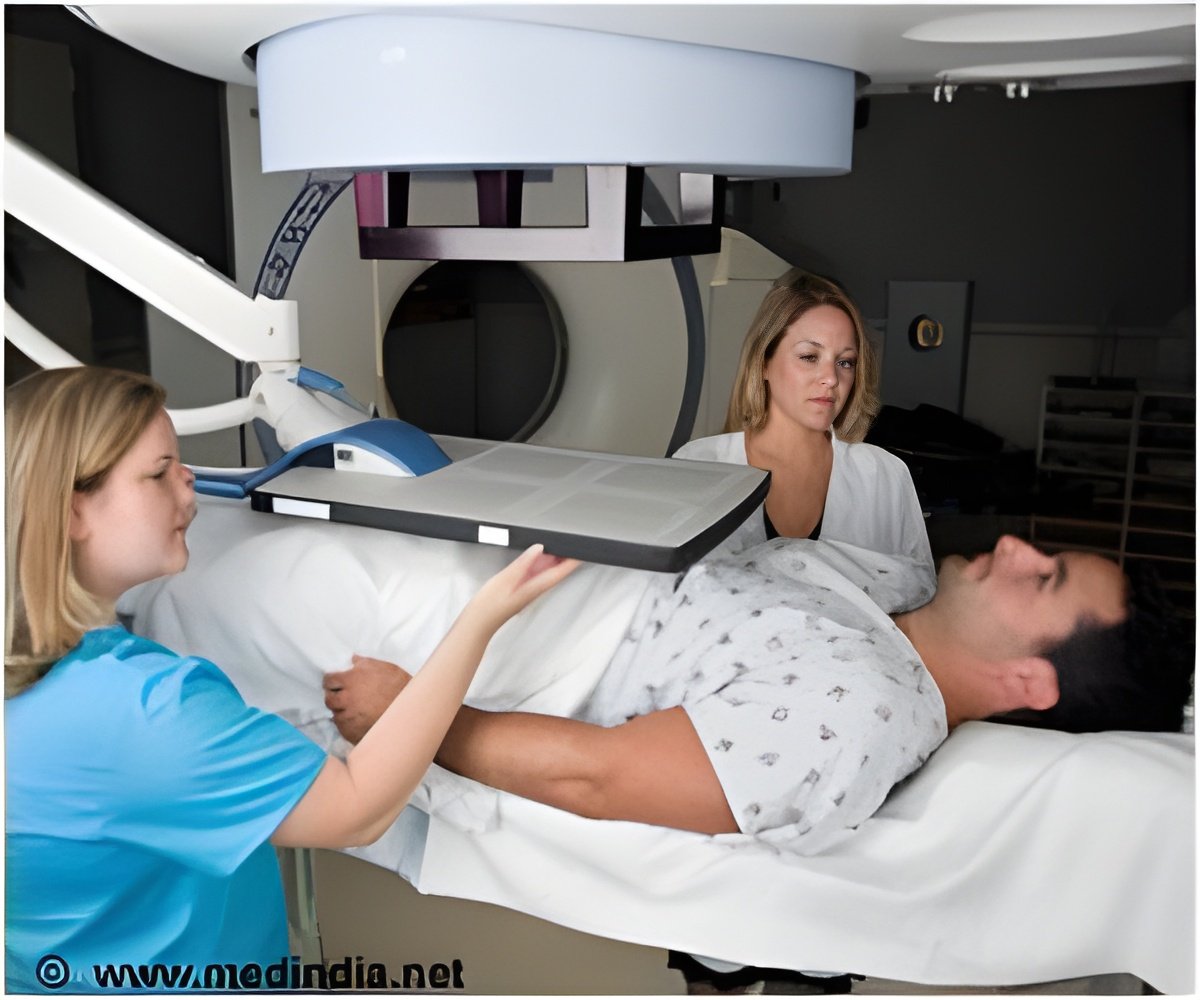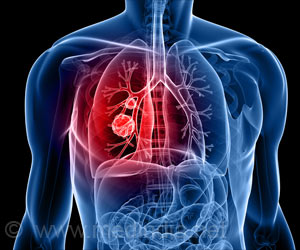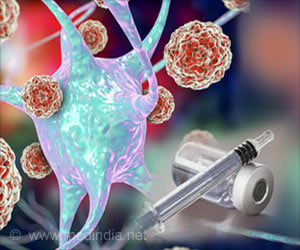
‘Spatiotemporal fractionation approach reduces the radiation dose to healthy tissue while maintaining effectiveness against the tumor.’
Tweet it Now
But do the doses have to be the same each day? "Different doses, carefully planned to minimize side effects, can be just as effective," says Dávid Papp, assistant professor of mathematics at NC State University. "However, the extent of this benefit has never been assessed. The algorithms we use now to determine the best personalized treatments don't work when computing treatments with different dose distributions in different fractions."
Papp set out to develop and test a so-called "spatiotemporal fractionation" approach that would reduce the radiation dose to healthy tissue while maintaining effectiveness against the tumor. In a proof-of-concept study, Papp tested the plan against model slices of five different liver tumors, each representing a unique tumor size or location to allow comparisons with actual clinical treatments.
"We wanted to see what the quantitative benefits of such a new protocol would be," says Papp. "How much can you reduce the radiation's effect on the liver while making sure that the tumor receives a consistent and effective dose? A reduction of 20 percent would reduce side effects enough to warrant a change in everyday clinical practice."
Papp's model reduced the liver dose by 13 to 35 percent without compromising other clinical goals. He has begun work on refining the model to make it more robust, with a view toward in vivo testing.
Advertisement
Advertisement















